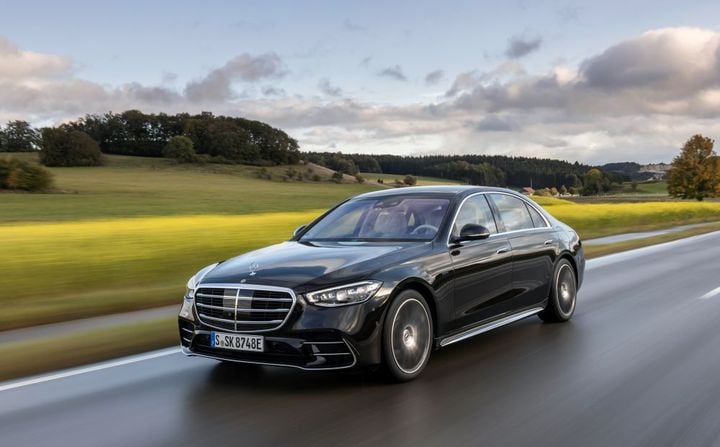New-Vehicle Prices Fall With Rising Incentives

Mercedes-Benz, along with Land Rover enjoyed the most price strength for the month in the segment.
IMAGE: Mercedes-Benz
Prices of new vehicles fell in February as manufacturers increased incentives in a trend away from pandemic price highs when bargains were nonexistent.
The average U.S. transaction price for a new model fell 1.4% month-over-month to $48,763 as incentives climbed for the third straight month, according to Kelley Blue Book of Cox Automotive.
Incentive spending rose 3% for an average of $1,474, a mark not reached since last March.
Kelley Blue Book data show that the average transaction price for new models has been above the average sticker price for more than a year, and it still was last month, though just by $95, far below the almost $1,000 above a year ago.
“Both luxury and non-luxury prices were down month over month, but new models, richer product mix and limited discounting are contributing to elevated prices,” said Rebecca Rydzewski, research manager of economic and industry insights for Cox Automotive.
Average transaction prices for non-luxury cars alone also declined in February, by $681 to 44,697. Most non-luxury brands saw price declines ranging from 0.2% to 3.9%, going hand in hand with increased incentives. Kelley Blue Book said Kia and Honda experienced the most price strength, at 4% and 6% above sticker price.
Average luxury transaction prices also fell, $644 to $65,534, though the segment’s share of total sales was about 20%, helping to elevate overall high new-model prices.
Mercedes-Benz and Land Rover enjoyed the most price strength for the month in the segment, from 5% to 7% above sticker price.

